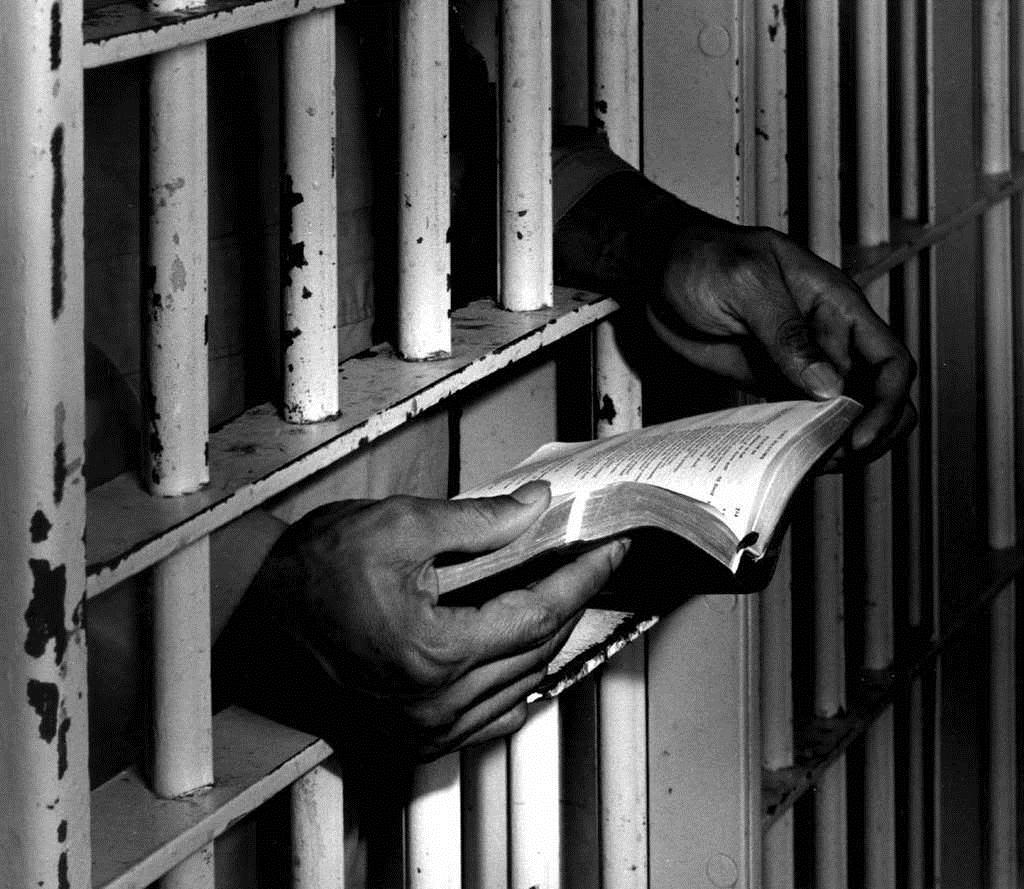
The Masjid Malcolm Shabazz community is inviting you to join them on April 27th as a participant in the “Jail Ain’t No Good” Walk-A-Thon.
By Charles and Randy Fisher @HHSYC 4/26/13
They will be hosting a 4-mile walk through Harlem covering from 110th Street to 135th Street to bring home the message to our families that too many of us are making choices that lead to incarceration. This is an invitation to civic organizations, churches, community-based organizations, family, friends, government agencies, public and private schools, and neighbors to participate in the community’s annual walk to address an issue that drains our community of one of its most valuable resources—our youth. Going to jail has affected our youth’s future choices, drained their energy and their ability to affect positive change in their lives and in the lives of others. In addition, it brings attention to a major factor of why many young adults are unemployed or unemployable. During the walk we also want to bring attention to educational, vocational, training and employment opportunities for youth as an alternative against criminal behavior.
HOW YOU CAN SUPPORT THE EVENT
1) Register as a participant or participating group and walk 4-miles (no fee); or
2) You can register as a sponsor ($5/mile minimum) for a walker; or
3) Register your group or organization ($200) and use the walk-a-thon as an independent fundraiser; or
4) Assist in identifying and inviting organizations/groups that can provide information booths and resources that will serve to prevent our youth from entering into the criminal justice system.
For more information, please call us at (212) 662-2200
Join us in sending a resounding and clear message through Harlem that truly
“Jail Ain’t No Good”.
WHY IS THIS EVENT IMPORTANT?
America, which continues to be the greatest country on earth, represents 5% of the world’s population but we incarcerate 25% of the world’s citizens. America has 2.3 million prisoners costing $24,000 per inmate per year — a 500% increase over the past 30 years. These trends have resulted in prison overcrowding and state governments being overwhelmed by the burden of funding a rapidly expanding penal system despite increasing evidence that large-scale incarceration is not the most effective means of achieving public safety.
There are 7.1 million Americans either in prison, on probation or under correctional supervision. The numbers continue to grow as more prisons are built nationwide. News journalist Fareed Zakaria from CNN showed viewers how much the American government, as well as private corporations, spends building prisons opposed to schools. Lobbyists and political leaders continue to find ways to fund the 74 billion dollar “Prison Industrial Complex.” The term is borrowed from the military–industrial complex President Dwight D. Eisenhower warned of in his famous 1961 farewell address. Such groups include corporations that contract prison labor, construction companies, surveillance technology vendors, lawyers, phone companies and lobby groups that represent them.
According to the 13th Amendment of the U.S. Constitution when you break the law you are legally a slave to the system, but there is a movement to put an end to the prison industrial complex by changing the socioeconomic conditions of those most affected by the policies that lead to incarceration. It’s a shame when elected officials, private citizens and private corporations are more focused on building prisons opposed to schools. In The New Jim Crow in 2010, legal scholar and advocate Michelle Alexander wrote “there are more African-Americans under correctional control — in prison or jail, on probation or parole — than were enslaved in 1850, a decade before the Civil War began.”
Thanks to the failed War on Drugs the for-profit prison industry is on the rise in a major way. Prior to the 1980s, private prisons did not exist in the U.S. Some say the signing of the Rockefeller Drug Laws in May 1973 by New York’s Governor Nelson Rockefeller is considered to be the beginning of the Prison Industrial Complex. The laws established strict mandatory prison sentences for the sale or possession of illegal drugs destroying generations of families and communities without winning the drug war. Although drug offenders remain the single largest category of federal prisoners, thousands wait months for drug education or rehabilitation because of a lack of resources. Many are found guilty of nonviolent crimes and are sentenced under harsh mandatory sentencing laws, which keep the prisons full.
In a 2011 report by the ACLU, it is claimed that the rise of the for-profit prison industry is a “major contributor” to mass incarceration, along with bloated state budgets. Louisiana, for example, has the highest rate of incarceration in the world with the majority of its prisoners being housed in privatized, for-profit facilities. Keep in mind that all of these institutions would go out of business without a steady flow of fresh prisoners.
The incarceration rate in the United States of America is the highest in the world. As of 2009, the incarceration rate was 743 per 100,000 of national population (0.743%). In comparison, Russia had the second highest at 577 per 100,000, Canada was 123rd in the world at 117 per 100,000, and China had 120 per 100,000.
Activists have described the Prison-Industrial Complex as perpetuating a belief that imprisonment is a quick fix to underlying social problems such as homelessness, unemployment, drug addiction, mental illness, and illiteracy. As the system continues to expand it is obvious that the “Quick fix is not doing the Trick.”
Stay tuned for more on Private Prisons; the Prison Industrial Complex; alternatives to incarceration; and an ACLU report that addresses “life without parole for non-violent offenders.”
Next week: Are we winning the War on Drugs? Not according to the Drug Policy Alliance.
